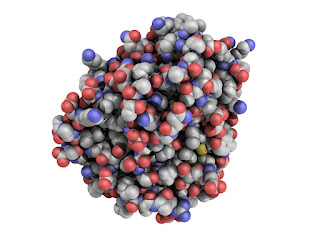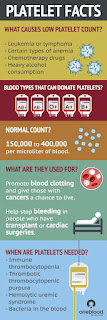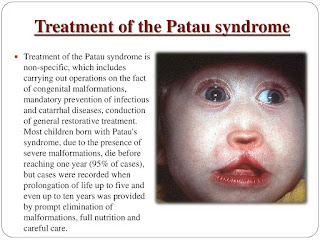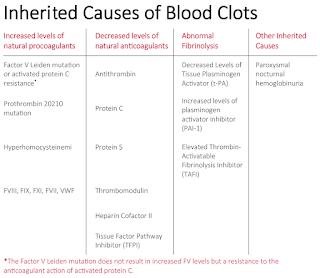Silent Spring—III

jewish inherited diseases :: Article Creator Ashkenazi Jewish Genetic Disease Carrier Screening Cite this article Gross, S., Pletcher, B., Monaghan, K. Et al. Ashkenazi Jewish genetic disease carrier screening. Genet Med 10, 461–462 (2008). Https://doi.Org/10.1097/GIM.0b013e31817102e1 Download citation Share this article Anyone you share the following link with will be able to read this content: Get shareable link Sorry, a shareable link is not currently available for this article. Provided by the Springer Nature SharedIt content-sharing initiative Genetic Testing Offers Options, Mom Says Ahead Of Tay-Sachs Awareness Month Bonnie and Barry Davis were over the moon when they had their first child, Adam, a happy baby with an easy smile. "We thought we had a perfectly healthy newborn, and everything seemed fine," Bonnie, who lives in Portland, Ore., told JNS. Within a few months, however, it became clear that Ad





